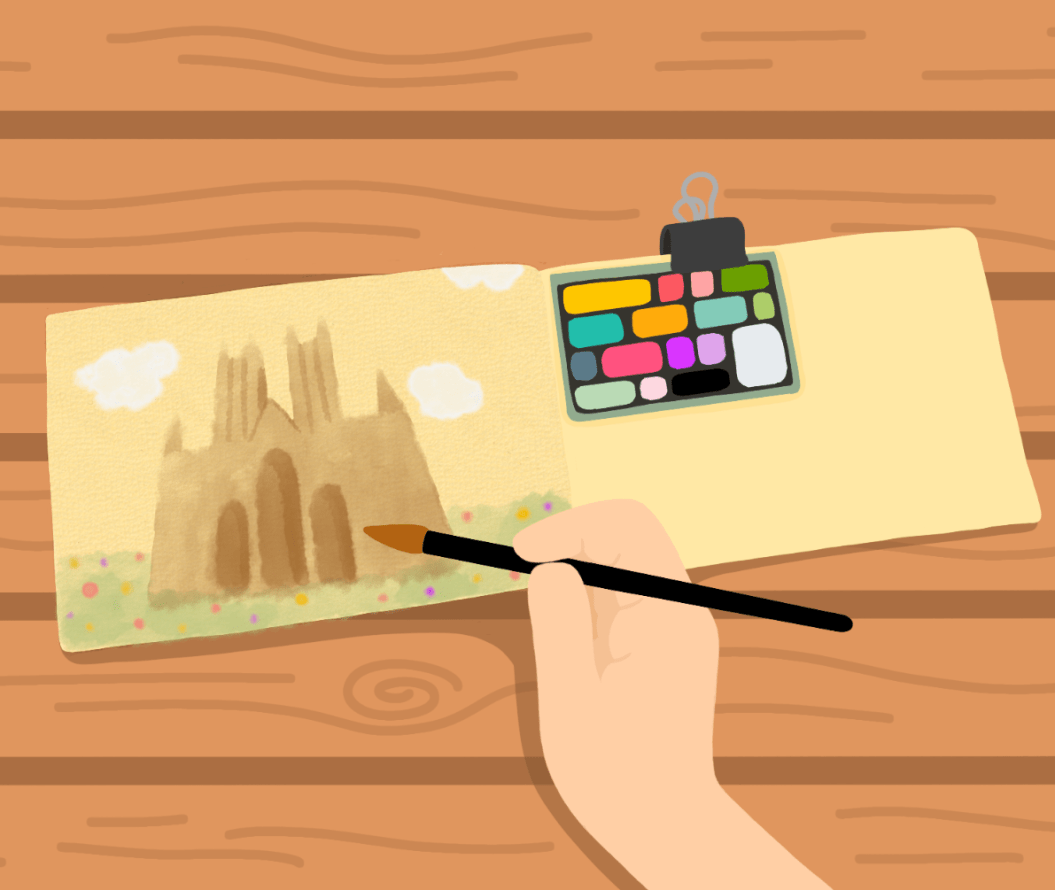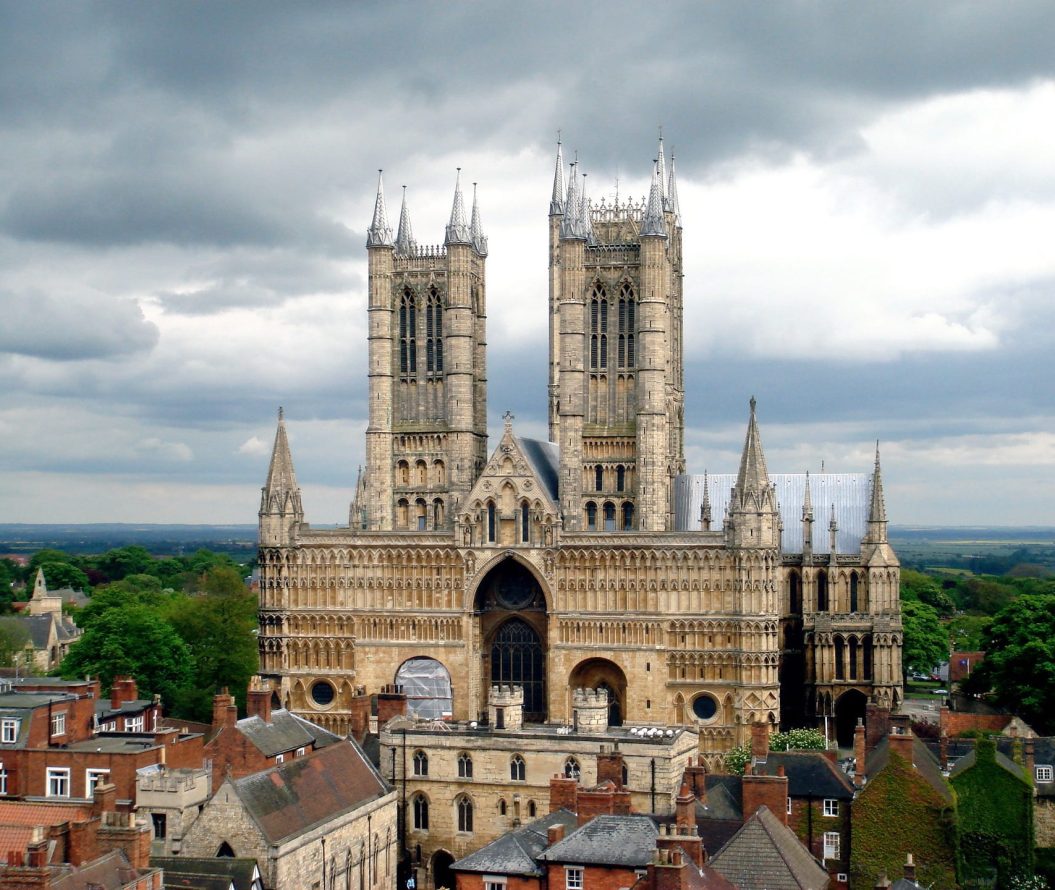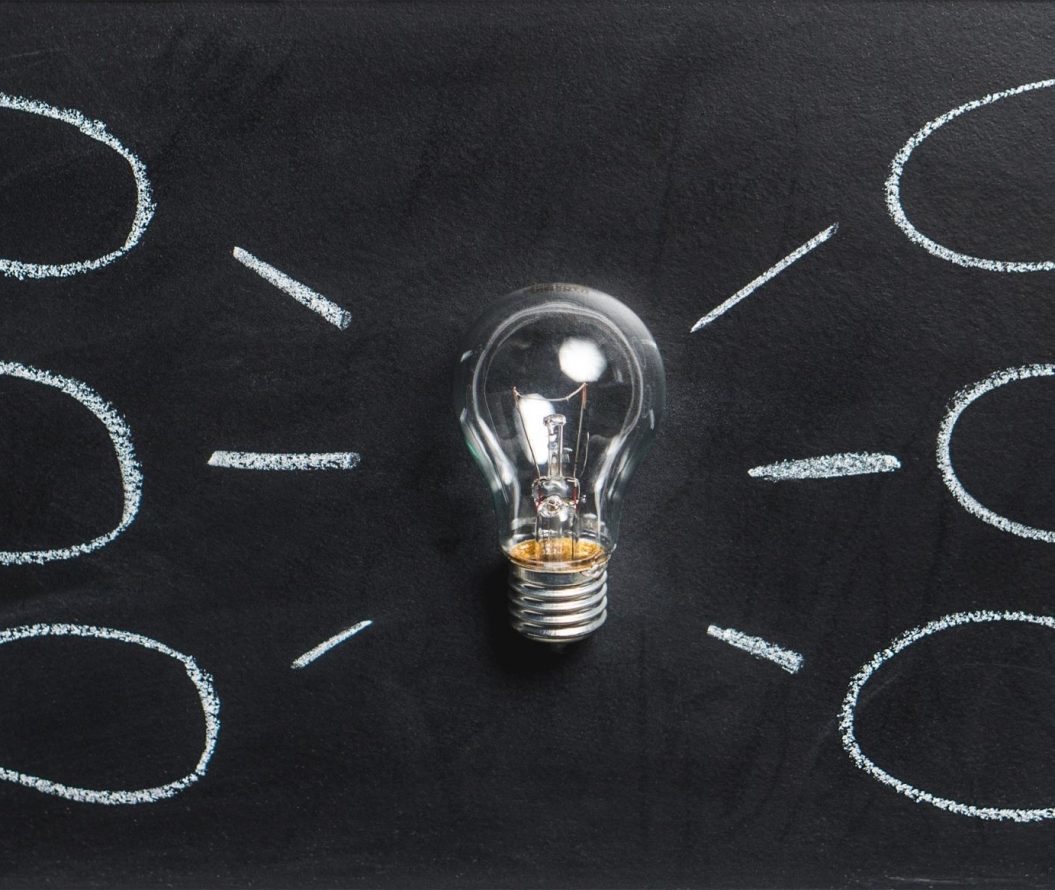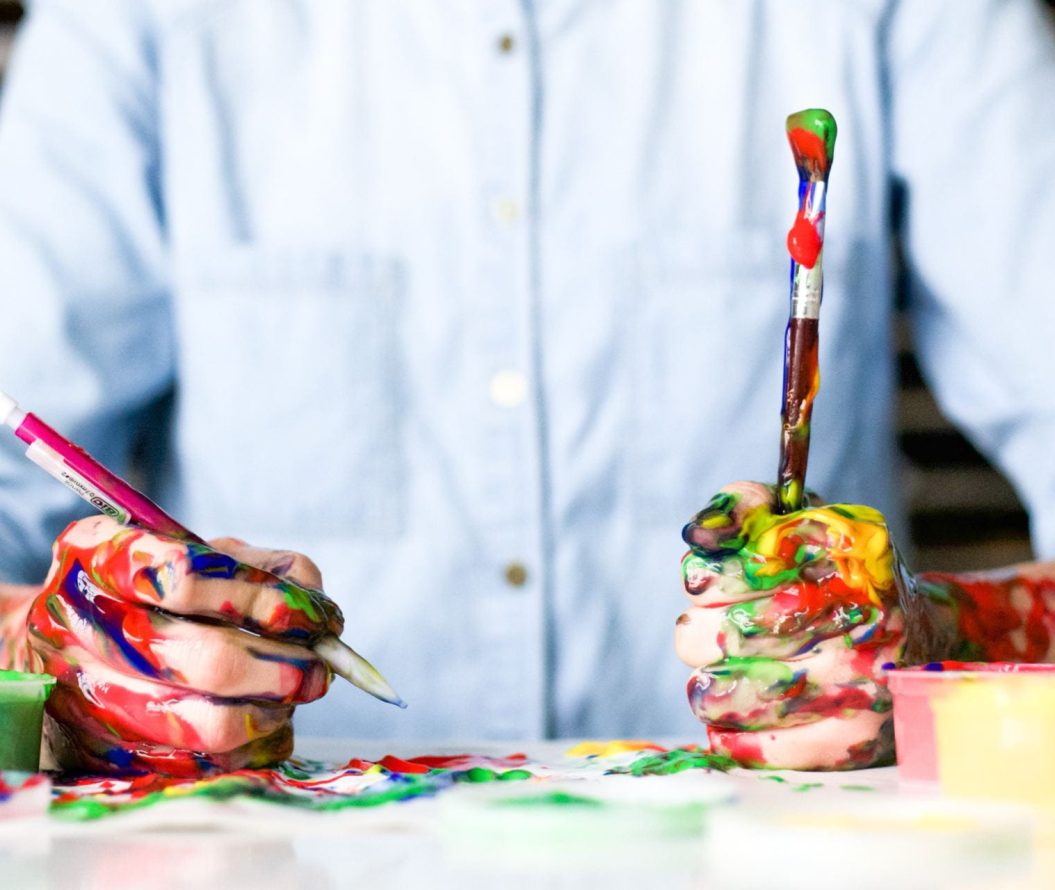Hi there! My name is Alex and I'm currently undertaking my Creative Writing PhD at the University of Lincoln. I'm a big fan of lots of streaming services, books, and am a published poet! I aspire to be a multi-genre,…
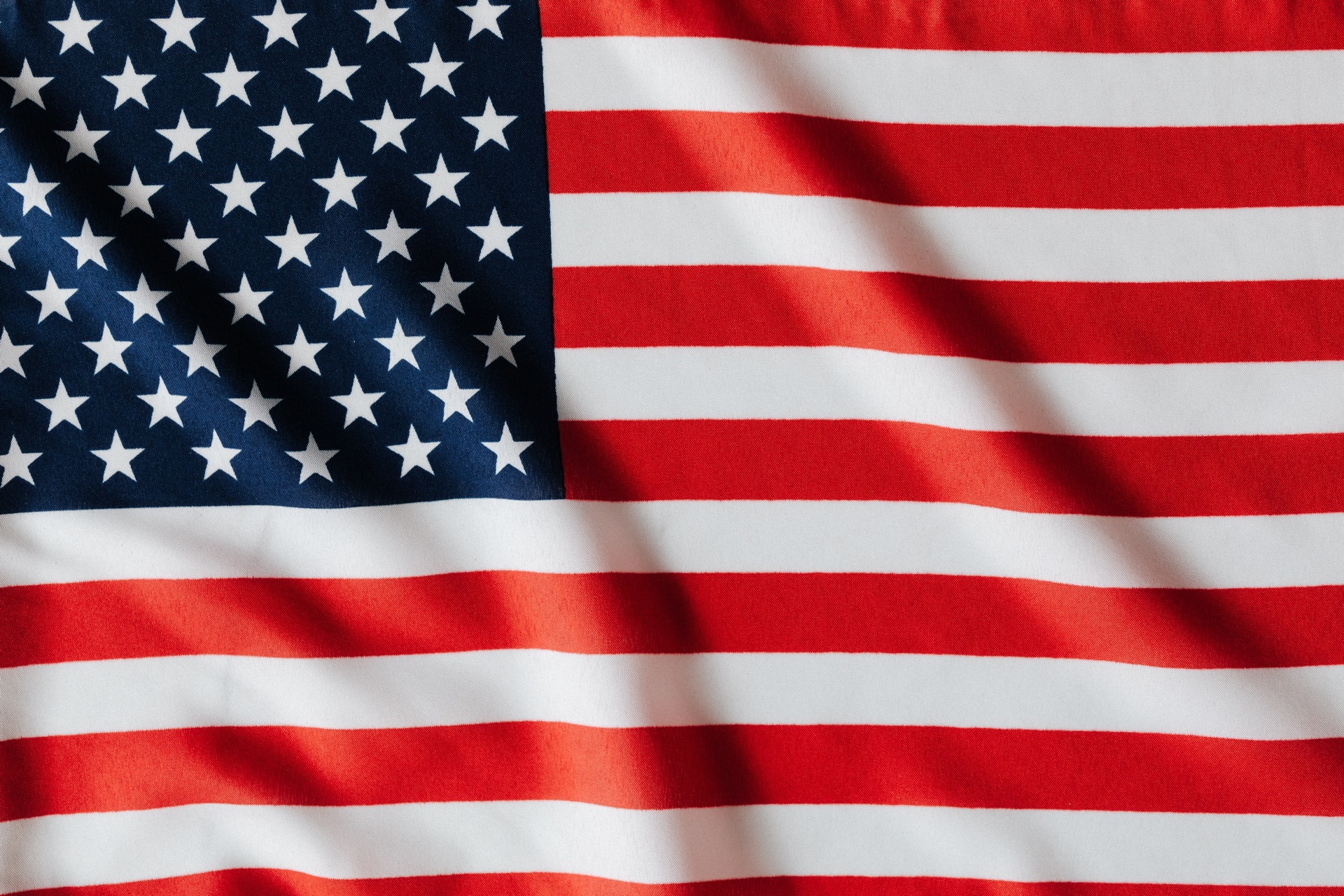
July 4th is the date of the American Independence Day, also known as the Fourth of July, and this year in 2022 it will be the 246th independence day America has celebrated. Back in 1776 on this day, the Declaration of Independence was ratified by the Second Continental Congress. It declared that the Thirteen Colonies at the time were no longer subordinate to the British monarch King George III, and were now independent, united free states. Nowadays this federal holiday is marked by patriotic displays, many being situated outdoors in the form of picnics, barbecues, firework displays, parades and sporting events. For many it is a celebration, however historically there is much to criticise about this day of so-called independence.
The people in 1776 who made these decisions of independence were not Native Americans, the people to whom this land originally belonged, but instead were the communities of oppressive, white colonists. This independence day, a day meant to represent the detachment from subjugation and control of outside powers, does not and has never catered for the rights of Native American people. Before this day, and indeed long after, Native American communities have been ousted from their lands, attacked, and forced into conforming into the communities of their colonisers, with no regard for their lawful rights. Here are just a few examples.
1492: Christopher Columbus landed on a Caribbean island after having travelled for three months, and after meeting a number of Native Americans (whom he called “Indians”) he ordered a number of them to be taken as servants. This was on his first day there.
1830: The Indian Removal Bill. This was pushed by the President at the time, Andrew Jackson, who thought that over three dozen tribes stood in the way of what he saw as the settlers’ divinely ordained right to clear wilderness, build homes, as well as grow cotton and other crops. From 1830-1840 it’s estimated that over 60,000 Native Americans, including Choctaw, Creek, and Cherokee peoples, were removed from their lands – thousands died during this inhumane process, with it being called the “Trail of Tears”.
1864: A former Methodist minister, John Chivington, led a surprise attack on peaceful Cheyennes and Arapahos on their reservation at Sand Creek in south-eastern Colorado. With some Native Americans at this time fighting to reclaims their lands, it meant that many colonists (including John Chivington) felt they had the right to kill any Native American, no matter the circumstance. He is documented to even saying that it was “right and honorable to use any means under God’s heavens” to kill Native Americans. He led a force that killed 160 Native Americans, most of whom were women and children.
2002: 20-year-old Joseph Finley Jr., who was Cherokee and Seminole, was shot fourteen times by a Cleveland police officer. The officer was off-duty at the time of the shooting and an excessive force lawsuit was filed. The officer was not indicted.
Crimes against Native American people over the decades and centuries have been violent, unjust, and in many cases invisible, with awareness for these consistent abuses never being addressed by the news or in education. This needs to change. Whoever you are, wherever in the world you are from, there are things you can do to show your support for Native American people. The main way you can do this is by helping to raise awareness of movements and events working to help bring justice, equality and true independence for Native American people. Here are just a few examples which you could help spread awareness of.
The Land Back Movement
To put it simply, the land back movement involves the physical reclamation of ancestral lands by Indigenous people, and this is a movement which has seen some amazing recent victories. In 2020, Chippewa National Forest transferred 11,760 acres of forest service land to the Department of Interior to be held in trust for the Leech Lake Band of Ojibwe; this was thanks to the Leech Lake Reservation Restoration Act. Also in 2020, the Esselen Tribe of central California purchased approximately two square miles of their land back for just under $4.5 million, and were assisted in this by Western Rivers Conservancy. The removal of dams on the Klamath River is also being praised as a land back victory for Karuk and Yurok Tribes. However, there is so much more yet to be done, and at the end of the day this goes much deeper than the reclaiming of land.
Colonialism stole almost every aspect of culture from the indigenous Native Americans. They took away the political and decision-making power of their nations, their right to consent to what happens to their land, people, families, and even their bodies. Their languages and spiritual beliefs were made illegal, and many of their children were forced into boarding schools – some of whom were never seen or heard from again. Therefore, Land Back is a symbol of reclaiming everything that was taken and destroyed by the agents of colonialism.
Indian Law Resource Center
ILRC is a non-profit law and advocacy organization, and it was established in order to provide legal assistance to Native nations who are working to protect their lands, resources, human rights, environment and cultural heritage.
The successes of this organisation include the adoption of the United Nations Declaration on the Rights of Indigenous Peoples, by the United Nations General Assembly. This declaration was originally drafted by the ILRC, and led to the convening of the first ever UN World Conference on Indigenous Peoples, in order to share the best perspectives and practices on making the rights of indigenous peoples a reality. Domestically, ILRC has also helped Alaskan Native nations and villages expand their legal and technical capacity to protect and clean up their lands and waters. This kind of protection is a particularly critical issue for Native peoples in Alaska, because of how the rivers are essential for maintaining livelihoods and traditions.
Native Lives Matter
The Native Lives Matter campaign was established in 2014 by Akicita Sunka-Wakan Ska (Troy Amlee) from the Cheyenne River and Standing Rock Sioux Tribes, and JR Bobick from St. Paul, Minnesota. The goal of the campaign is to bring social issues affecting Native Americans, such as police brutality, poverty, and mental health, into a national dialogue and rally for social justice reform. The campaign uses social media platforms Facebook and Twitter to spread news about social justice issues that Native Americans are facing, as well as to help build a strong community.
The movement states that ways to lessen, and eventually cease, police brutality against Native Americans includes hiring a police force that better represents its service population in counties with a dense Native American population. This would allow for more cultural understanding and address racial issues that lead to police brutality. Cultural healing programs would also lessen police brutality – they would address issues such as mental health, addiction, and poverty, since these things contribute to the high crime rates of reservations, leading to higher police presence.
If you as a British person want to do anything linked to the American Independence Day, and each day thereafter, then consider helping strengthen Native American independence. They have been subject to the oppressive forces of colonialism for too long, and they deserve to be able to celebrate and find empowerment in their own cultural freedom and independence.
- Topics
- Holidays
